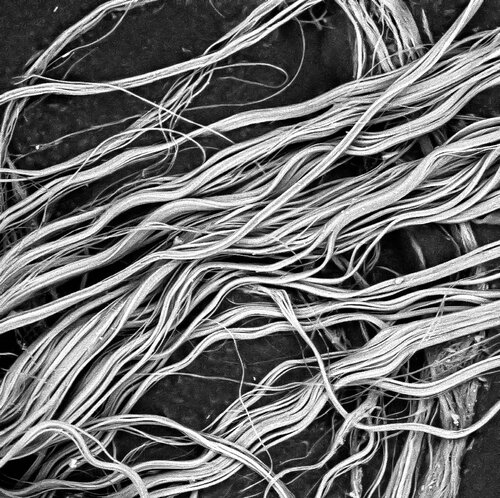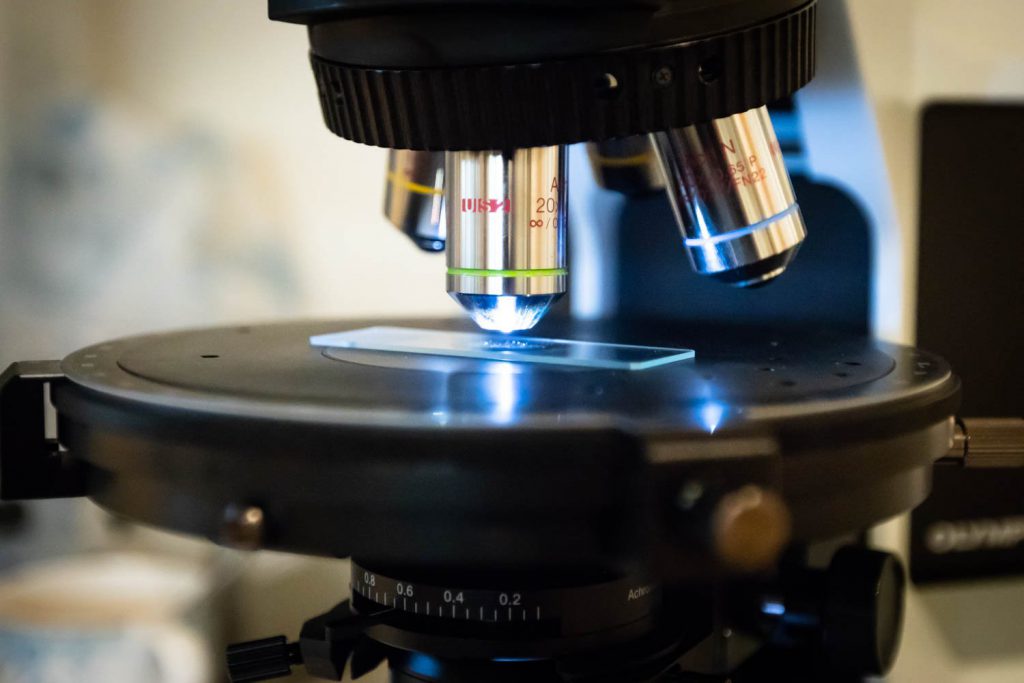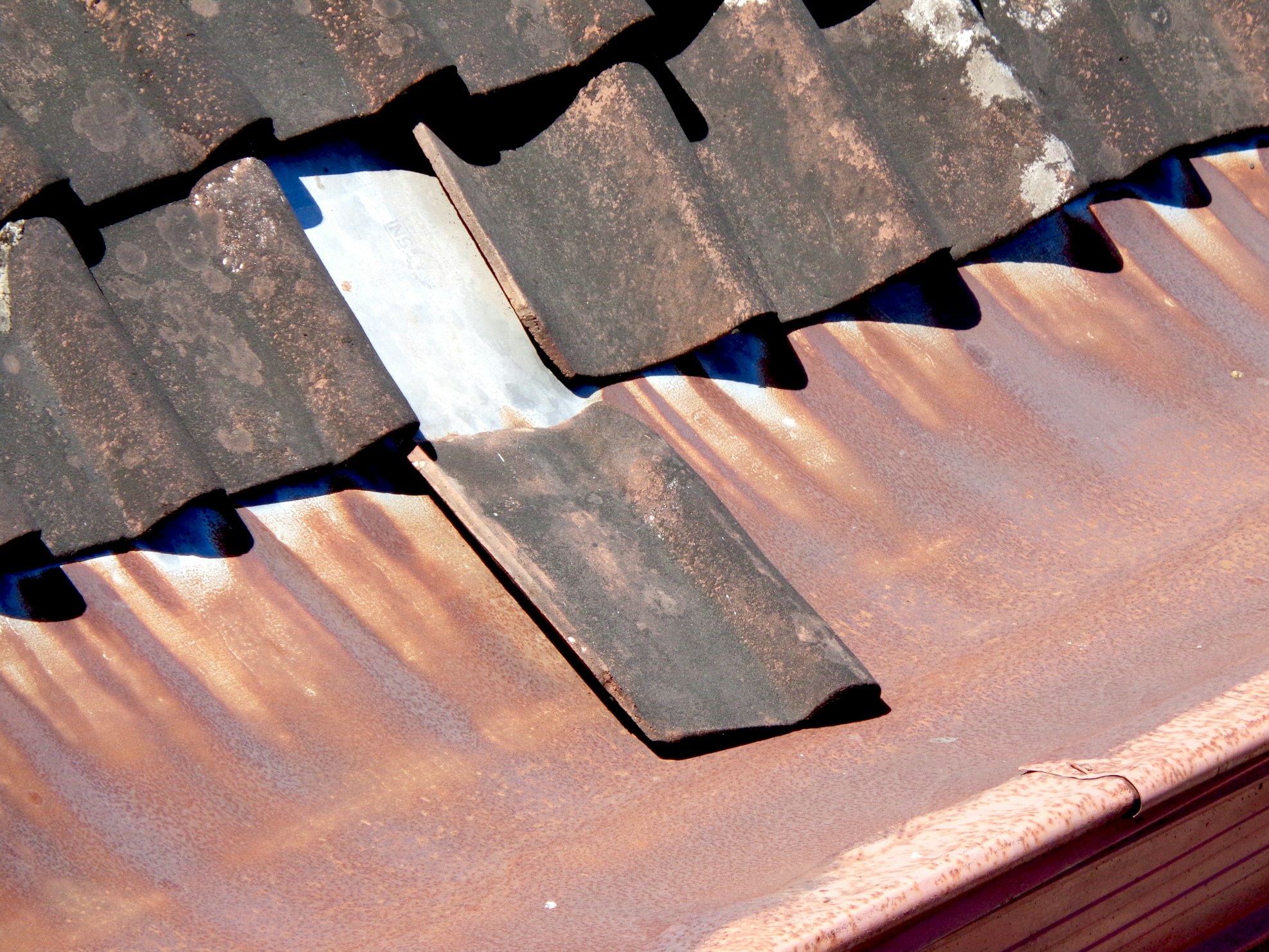When it comes to asbestos identification, many Australians wonder: What colour is asbestos? The truth is, asbestos itself doesn’t have a single distinct colour, because asbestos isn’t just one material, but a group of naturally occurring minerals. These minerals were widely used in Australian construction and manufacturing industries before the nationwide ban came into effect in 2003.
While colour can provide clues, it’s not enough to confirm whether a material contains asbestos. That’s why the only reliable method of identifying asbestos is through professional asbestos testing conducted by trained inspectors.
The Different Colours of Asbestos

There are three main types of asbestos that were used in Australian homes, schools, and buildings:
- White asbestos (Chrysotile): The most commonly used type, found in ceilings, roofs, walls, and floors. Its fibres are white and curly, and it was often mixed into cement sheeting or vinyl tiles.
- Blue asbestos (Crocidolite): Known for its fine, sharp fibres and intense durability, blue asbestos was used in pipe insulation and sprayed-on coatings. It is considered the most dangerous type due to its fibre structure.
- Brown asbestos (Amosite): Commonly found in insulation boards and ceiling tiles, it has a grey-brown colour and was frequently used in commercial buildings.
However, materials containing asbestos, known as ACMs (Asbestos-Containing Materials), can vary significantly in appearance. And most ACM’s will not show a distinctive colour imparted from the type of asbestos fibres used in making the material. Additionally, multiple fibre types are commonly present in ACMs, and even in the case of 100% asbestos sample such as insulation or ore, colours can vary dramatically. Over time, paint, weathering, and mixing with other substances or heat can alter the original colour of the fibres, making visual asbestos identification impossible.
Why Visual Clues Aren’t Enough

While experienced inspectors, like those at Global Asbestos Audits, use colour, texture, and location as visual indicators during a property assessment, these clues are only part of the picture. For instance, a white, fibrous material might resemble asbestos but could actually be harmless cellulose insulation. Similarly, some asbestos-containing products appear non-fibrous and resemble modern alternatives.
In every case, confirming the presence of asbestos requires laboratory testing of a sample. Global Asbestos Audits adheres to strict Australian safety standards when collecting and analysing suspected asbestos-containing materials (ACMs), ensuring property owners receive an accurate report without putting themselves or others at risk.
The Role of Professional Asbestos Identification
Attempting to identify asbestos based on colour alone is risky and often misleading. That’s why asbestos identification should always be left to licensed professionals. At Global Asbestos Audits, our team provides:
- Thorough on-site inspections
- Careful sample collection for lab testing
- Detailed asbestos registers and asbestos reports
- Ongoing asbestos management plans and compliance support for businesses and property owners
Whether you’re renovating, demolishing, leasing, or managing a property, a professional asbestos audit ensures you’re meeting your Work Health and Safety obligations and protecting your health.
Don’t Guess It -Test It
So, what colour is asbestos? The answer is: there’s no single colour you can rely on. Asbestos identification isn’t about guesswork; it’s about proper testing. If you suspect materials in your property may contain asbestos, contact the expert team at Global Asbestos Audits. Our qualified inspectors are ready to provide a safe, accurate, and fully compliant service anywhere in Australia.
Protect your health. Protect your property. Book your asbestos inspection today.

